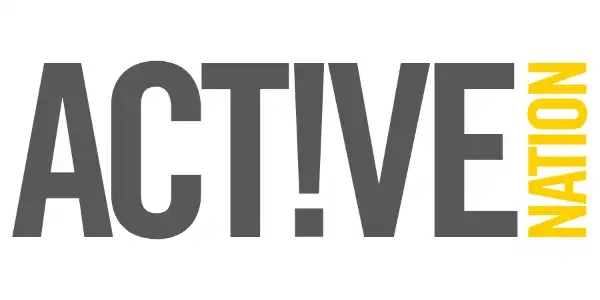HR Consultants to
Empower your business
Practical HR solutions designed to save you time, reduce stress and create a workplace your people really love.


Dealing with HR headaches?
We get it. HR can feel overwhelming—it's time-consuming, stressful and often just plain complicated. If you’re running a SME business, hiring a full-time HR team might not be on the cards… but that’s where we come in.
We provide simple, straightforward HR support that’s tailored to your needs. Whether you're facing people problems or need help building a high-performing team, we’ve got the specialists, expertise and solutions to make your life a whole lot easier.
Charlotte Managing Director
HR without the Blah Blah Blah...
From everyday advice to big-picture projects, we’re
here to provide support that fits your budget, including:
- Recruiting the right people
-
Retaining and developing a passionate,
high-performing team -
Tackling those “uh-oh” HR moments
with confidence

Explore our services

Retained HR support
Ongoing support, like having your own HR team (but at a fraction of the cost).


HR projects
Expert guidance for one-off projects like restructuring, compliance or team development.


Training and development
Workshops, coaching and management training to build a happy, motivated team.

HR documentation
Policies, contracts and handbooks that keep you compliant and protect your business.
Some of the names we’ve worked with
(not to brag!)

How we can support your business

Staying Compliant with TUPE
Restructuring + Organisation Design and Development
Handling Grievances and Mediation
Planning Disciplinaries
People Gap Analysis + Preparing Career Pathways
Competitive Rewards + Growth Feedback
Helping You Onboard New Team Members
Implementing Complete HR Management Systems
HR doesn’t have to be complicated
How to get started
1
Share your challenges
Tell us what’s going on—we’re here
to listen and understand your
unique needs.
2
We’ll create a tailored plan
We’ll work with you to develop a clear,
practical plan to tackle your HR
challenges head-on.
3
Reclaim your time
(and peace of mind!)
With the right support in place, you
can focus on growing your business,
knowing we’ve got you covered.
Ready to Take the First Step?
Schedule a free consultation to find out how we can support your business.
Why choose The HR Consultants?
We’re here to make HR easier for you. Whatever you need, we’ve got your back – plain and simple!

HR experts
With over 40 years of combined experience, we’re what we like to call HR experts. We know HR inside and out, and we’re always up to speed with the latest trends and legal changes.

We’re people-people
Our approach is all about people. We understand that your team is the foundation of your business and we’re here to help you build a thriving, positive work culture that works for everyone.

Customised solutions for your business
Every business is unique, and so are your HR needs. We don’t deliver one-size-fits-all solutions — everything we do is tailored to fit your goals and challenges.

No jargon, just results
We believe in keeping things clear and simple. Forget the corporate buzzwords — we provide straightforward advice and practical solutions that get results.

We’ve been there
As a growing business ourselves, we truly understand the challenges you’re facing. We’re not just here to advise — we’re here to support you through every step of your journey.

Passionate about what we do
We’re not just ticking boxes — we genuinely care about what we do. Helping your business succeed is our top priority, and we’re passionate about making HR work for you.

Our specialists
Being in HR, we know just how important people are – they’re at the heart of everything we do!
Over the years, we’ve put our skills to test to build a team made of passionate professionals who each bring something unique to the table. With their diverse skills, lanes of specialisms and ability to make work feel a little less like, well, work, there’s no challenge we can’t tackle.
 MEET THE TEAM
MEET THE TEAM

Our promise to you
We guarantee you'll get the HR support that's right for your business — no hassle, no stress.
- Top-quality HR support
- Delivered on time
- Or your money back
Leave the HR to us!
Schedule a free consultation to find out how our experts can take HR off your hands and out of your head.
 BOOK A CALL
BOOK A CALL
Your go-to HR hub
HR challenges are constantly evolving, and staying informed is key to success. Our Knowledge Centre is packed with insightful resources, including updates, guides and tools designed to help you navigate the complexities of HR with confidence.
Got questions? We’ve got answers.
Explore our Knowledge Centre or read our FAQs
What our clients have to say about us
We've been featured in....





































